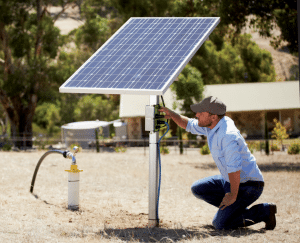
Agriculture
December 27, 2023
NOV Mono SUN-BUDDY
Read SolutionImplemented by
Mono Pumps
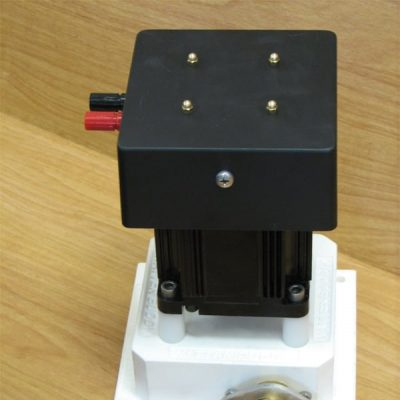
Updated on December 2, 2024
·Created on May 29, 2014
The Watter Buddy is a small package water turbine generator capable of generating DC power from a running water source.
The Watter Buddy is a small package water turbine generator designed by Energy Systems & Designs, capable of generating DC power from a running water source. The system can be used with water systems such as the city water supplying systems which are under a certain pressure as well. The manufacturing facility is situated in Waterford, Canada.
Target SDGs
SDG 7: Affordable and Clean Energy
SDG 8: Decent Work and Economic Growth
Market Suggested Retail Price
$875.00
Target Users (Target Impact Group)
Household, Community
Distributors / Implementing Organizations
Energy Systems & Design. Interview with representative
Competitive Landscape
Direct competitors include NTN Micro Hydro Turbine, Turbulent Vortex Turbine, PowerSpout PLT, Mobile Hydro Rotor, and SMART Turbine.
Regions
Worldwide
Manufacturing/Building Method
Mass produced. Interview with representative
Intellectural Property Type
Trademark
User Provision Model
Directly from the manufacturer.
Distributions to Date Status
Approximately 100 as of 2018.Interview with representative
Output voltage: (VAC)
Unknown
Power output, min (kW at head, flow rate)
0.006 kW at 21 m, 0.25 L/s
Power output, max (kW at head, flow rate)
0.274 kW at 35 m, 2 L/s
Output frequency (Hz)
267 Hz
Minimum required head (m)
Varies
Minimum required flow rate (L/s)
Varies
Number of nozzles
1 to 4 nozzles
Weight (kg)
3.6 kg
Phase
3-phase
Design Specifications
The system has two models 12/24 or 48/120 volts. The output power of the device is up to 200 W. It is small and weighs only 3.6 kg. The number of nozzles can range from 1 to 4. Brass nozzles are supplied with the device from 3 mm up to 7 mm in size. For higher head applications smaller nozzles can be used and for lower head applications larger size nozzles can be used.
Technical Support
The manufacturers in Canada may provide technical support. Local electricians or plumbers may be of assistance but it is possible that they are not familiar with this specific technology.
Additionally, the manufacturer provides a user manual, which offers advice on measuring flow rate, determining head, and guiding the installation of the system, although the directions are fairly complex and require some technical expertise. Not all parts necessary for a complete system are included in the kit
Replacement Components
Unknown
Lifecycle
90-day warranty on Watter Buddy, no specified plan for disposal.Interview with representative
Manufacturer Specified Performance Parameters
Unknown
Vetted Performance Status
Unknown
Safety
Varying water flow rates can cause an increase in voltage beyond battery rated capacity (potentially lethal), improper installation can lead to electrical fires.
Complementary Technical Systems
Additional components can be purchased by sending a direct inquiry regarding additions to the water buddy system.
Academic Research and References
No research related to this specific product performance is available, although other products by this manufacturer have been included in market analysis studies.
Kusakana, K., Munda, J.L., Jimoh, A.A., A survey of technologies increasing the viability of micro-hydropower as a cost-effective energy source for remote communities in South Africa. AFRICON 2009. 2009 Sept 23-25, pp. 1-4.
Ranjitkar, G., Huang, J., Tung, T., Application of micro-hydropower technology for remote regions. EIC Climate Change Technology. 2006 May 10-12, pp. 1-6.
Watter Buddy. n.d. Energy Systems & Design.
Products. n.d. Energy Systems & Design.
Small/Low Impact Hydropower Projects | Federal Energy Regulatory Commission. n.d. ferc.gov.
Energy Systems & Design. 2013. The Watter Buddy Owner’s Manual (v. 1.3). Microhydropower.com. Canada: Energy Systems & Design.
Compliance with regulations
Federal Energy Regulatory Commission requirements for grid-tie.
Evaluation methods
No specific protocols were mentioned, although through correspondence it does not appear that any full-scale lifecycle testing has been completed. Although, the manufacturer has completed tests both on installed products and utilizing a pump system to simulate streamflow. Testing was performed on sites in Waterford, New Brunswick, Canada.Interview with representative
Other Information

Agriculture
December 27, 2023
Implemented by
Mono Pumps
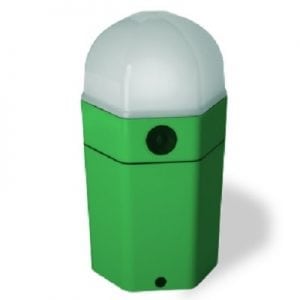
Agriculture
December 11, 2024
Implemented by
Ambros Huber
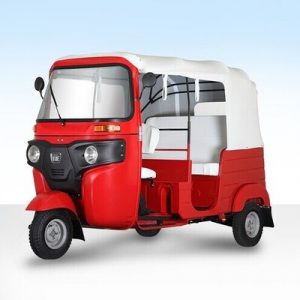
Agriculture
June 23, 2024
Implemented by
Bajaj
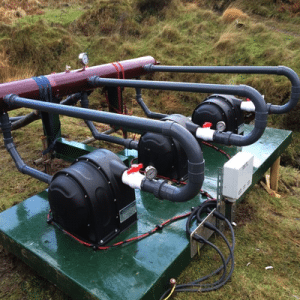
Agriculture
December 2, 2024
Implemented by
EcoInnovation Ltd. (Powerspout)
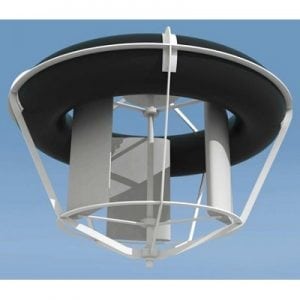
Agriculture
December 2, 2024
Implemented by
Mobile Hydro
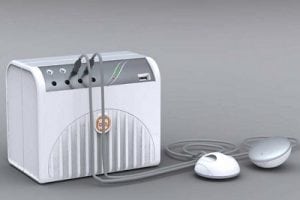
Agriculture
December 10, 2024
Implemented by
Orb Energy
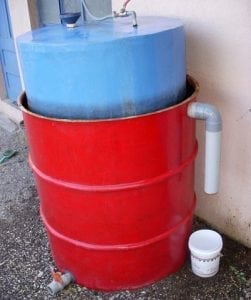
Agriculture
December 18, 2024
Implemented by
Tinytech Plants
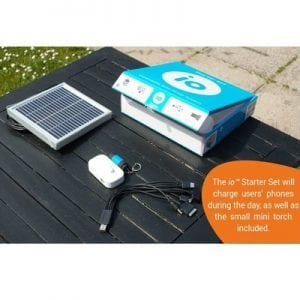
Agriculture
December 7, 2024
Implemented by
Shamba Technologies Ltd.
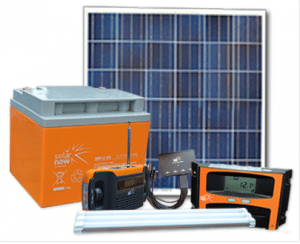
Agriculture
December 11, 2024
Implemented by
SolarNow

Agriculture
December 7, 2024
Implemented by
Philips
Have thoughts on how we can improve?
Give Us Feedback